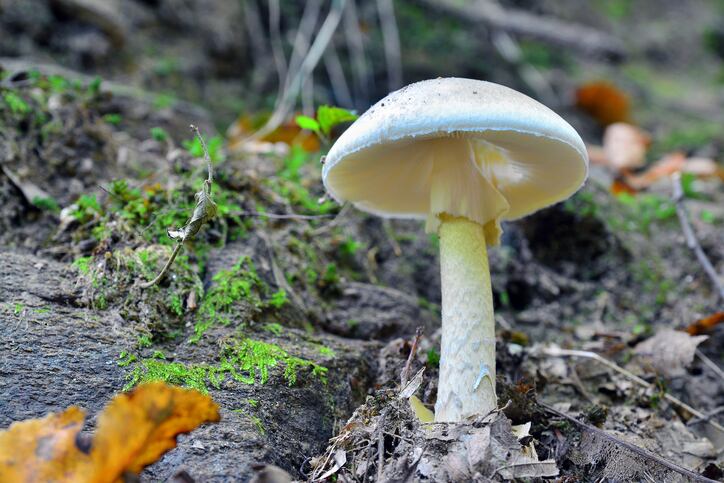The outbreak of gastroenteritis was in April 2016 at four schools in Sollentuna, Sweden and was linked to a salad buffet.
All schools in the area and some outside the municipality received food from the same central kitchen, based in one of the affected schools.
None of the reported cases required hospital admission.
Older students and teachers appeared to be equally or even more affected than young children.
Initial and follow-up testing
Initial microbiological testing (for Campylobacter, Salmonella, Shigella, Yersinia, Giardia, Cryptosporidium, Entamoeba histolytica, adeno-, astro-, noro-, rota- and sapovirus) of stool samples from 15 symptomatic cases was negative, despite a suggestion of calicivirus.
Electron microscopic examination of stool samples followed by whole genome sequencing revealed a variant of sapovirus genogroup V. The virus was not detected using standard PCR screening.
Six samples were sent to the Public Health Agency of Sweden, which found calicivirus in three using electron microscopy.
All samples were also analysed using RT-PCR and WGS in which a variant of sapovirus genogroup V was found in five of the six.
“The investigation of this outbreak clearly demonstrates the importance of epidemiological analysis coupled with both conventional and new microbiological techniques, especially when searching for new variants of infectious agents,” said the researchers.
Analyses of findings from the Sollentuna municipality environmental team and a web-based questionnaire suggested the source was the salad buffet served on 20 April, although no specific item could be identified.
However, consumption of mixed salad, mixed beans or green beans at lunch on 20 April was associated with confirmed case status.
Measures taken by the central kitchen included stored frozen food being discarded and the facility, salad bar, cutting boards and utensils were cleaned and disinfected.
The central kitchen had been cleaned preceding the outbreak and many leftover items had been discarded. Collection of samples was highly limited or from food unrelated to the outbreak.
Frozen parsley had been included in several dishes served on 20 April and sufficient amounts of it and green beans remained for analysis but both tested negative using RT-PCR with appropriate primers for sapovirus.
Wild mushroom consumption warning

In other news, 14 suspected Amanita phalloides ingestions were investigated in two weeks in December 2016.
Eleven patients recovered although three required liver transplants because of irreversible fulminant hepatic failure and one child had permanent neurologic impairment.
A. phalloides, colloquially known as the “death cap” is responsible for the most deaths following ingestion of foraged mushrooms worldwide.
In the past few years before this outbreak, the California Poison Control System (CPCS) received reports of only a few mushroom poisoning cases per year.
A total of 679 cases of ingestion were reported statewide from November 2015 to October 2016, said CPCS.
A. phalloides contains the alpha variety of amanitin, a cyclic octapeptide thought to be the primary agent of toxicity in humans. The amanitins are heat stable and are not inactivated by cooking.
A lethal dose can be as low as 0.1mg/kg and one mushroom can contain up to 15mg.
Dr Karen Smith, California Department of Public Health (CDPH) director and State Public Health officer, said collecting and eating wild mushrooms can lead to serious illness and even death.
"It is difficult to distinguish between wild mushrooms that are poisonous and those which are safe to eat. Wild mushrooms should not be eaten unless they have been carefully examined and determined to be edible by a mushroom expert.”
Source: Eurosurveillance, Volume 22, Issue 22, 1 June 2017
“Investigation of a foodborne outbreak of gastroenteritis in a school canteen revealed a variant of Sapovirus genogroup V not detected by standard PCR, Sollentuna, Sweden, 2016”
Authors: M Hergens, J Nederby Öhd, E Alm, HH Askling, S Helgesson, M Insulander, N Lagerqvist, B Svenungsson, M Tihane, T Tolfvenstam, P Follin
Source: MMWR Morb Mortal Wkly Rep 2017; 66:549-553
“Amanita phalloides Mushroom Poisonings - Northern California, December 2016”
Authors: Vo KT, Montgomery ME, Mitchell ST et al
